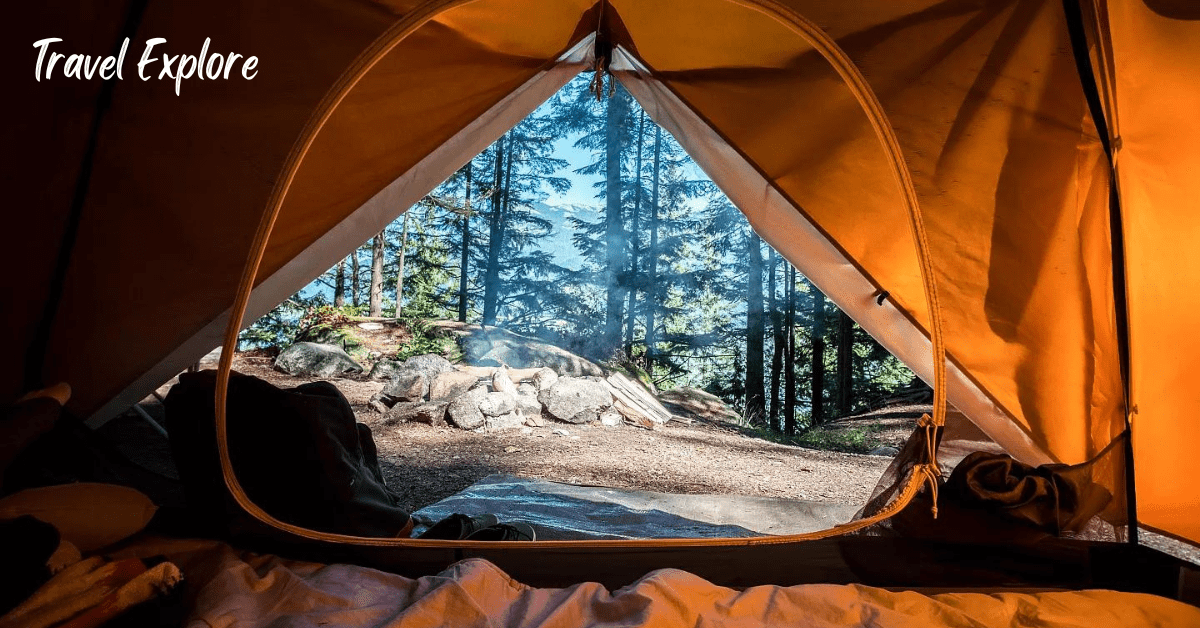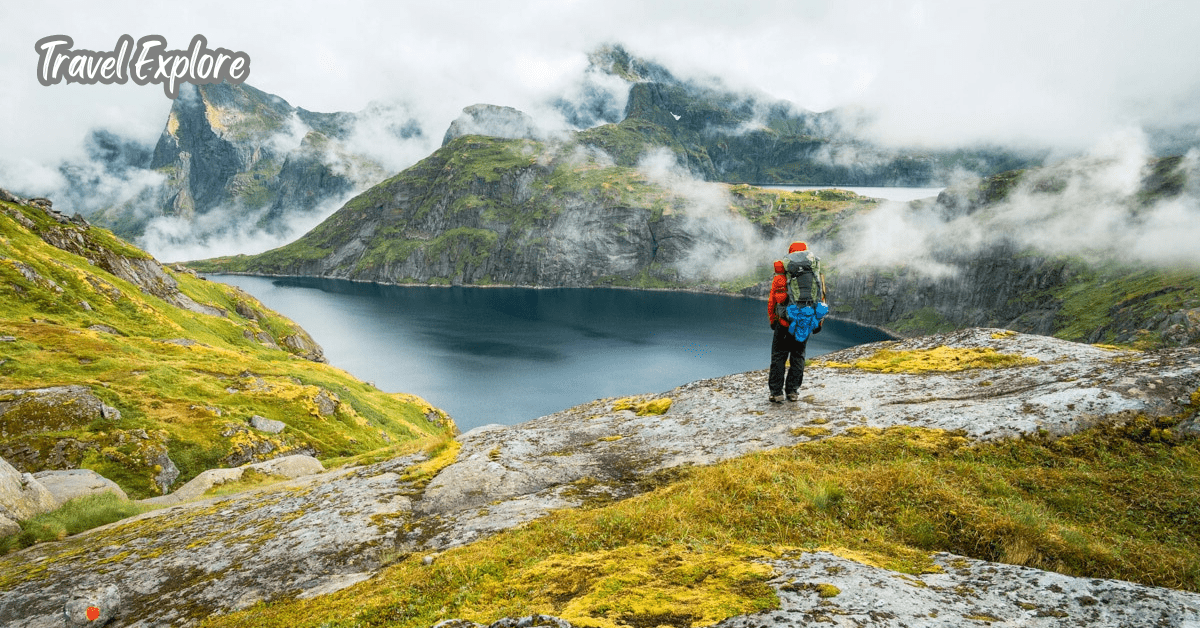What are Some Tips for Cooking Meals while Camping?
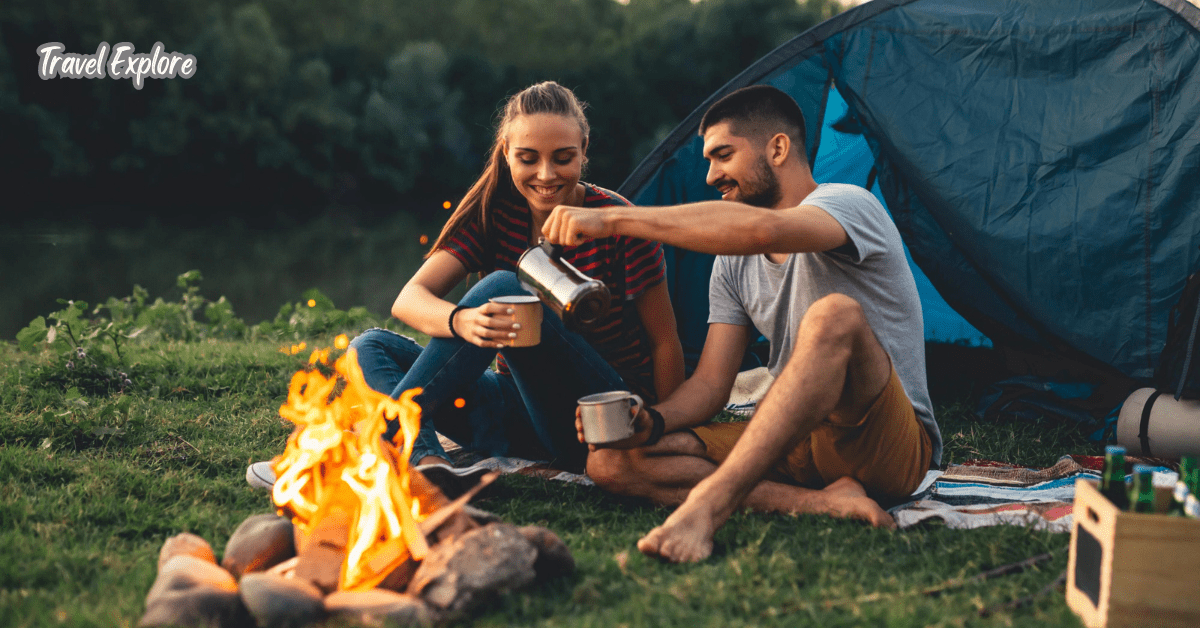
Cooking while camping can be a rewarding and enjoyable experience, allowing you to connect with nature while indulging in delicious meals. Whether you’re a seasoned outdoor enthusiast or a novice camper, mastering the art of campsite cooking can elevate your outdoor adventures.
However, cooking in the wilderness presents unique challenges compared to traditional kitchen settings. Limited resources, varying weather conditions, and restricted cooking equipment can make meal preparation a bit more challenging. But fear not, with the right tips and techniques, you can become a campsite culinary expert in no time.
Essential Equipment for Campsite Cooking
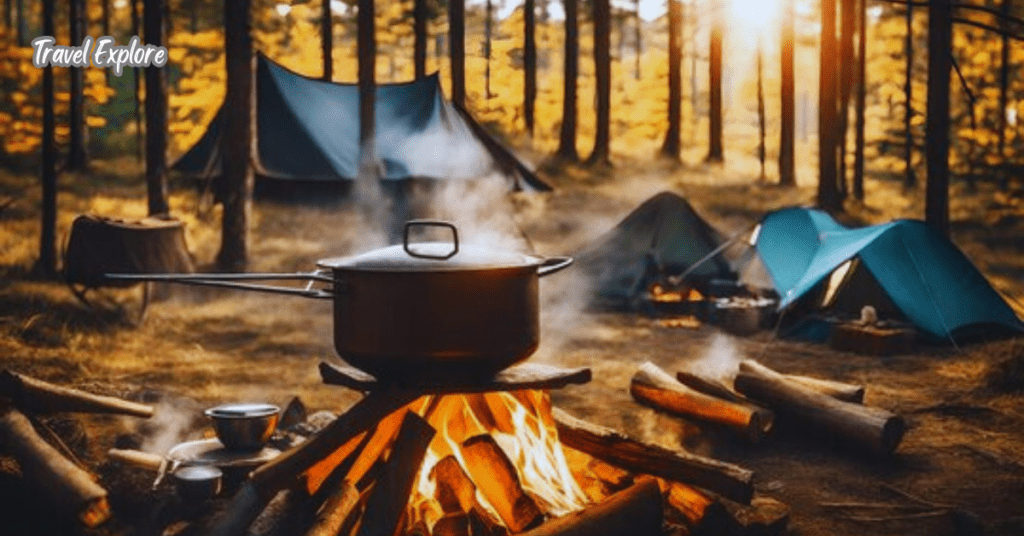
When it comes to cooking meals while camping, having the right equipment can make all the difference. While you may not have access to a fully-stocked kitchen, a few essential tools can help you whip up delicious dishes with ease.
Camp Stove
A camp stove is an essential piece of equipment for cooking while camping, providing a reliable source of heat for preparing meals in the great outdoors. Unlike traditional stovetops found in kitchens, camp stoves are designed to be portable, compact, and easy to use, making them ideal for outdoor cooking adventures.
Typically fueled by propane or butane, camp stoves feature adjustable burners that allow users to control the intensity of the flame, enabling precise temperature regulation for various cooking techniques.
Whether you’re boiling water for coffee, simmering a hearty stew, or sautéing vegetables, a camp stove provides the versatility and convenience needed to whip up delicious meals at the campsite. Its compact size makes it easy to transport and set up, while its sturdy construction ensures stability on uneven terrain. With a camp stove in your arsenal, you can enjoy hot and satisfying meals no matter where your outdoor adventures take you.
Food Storage Containers
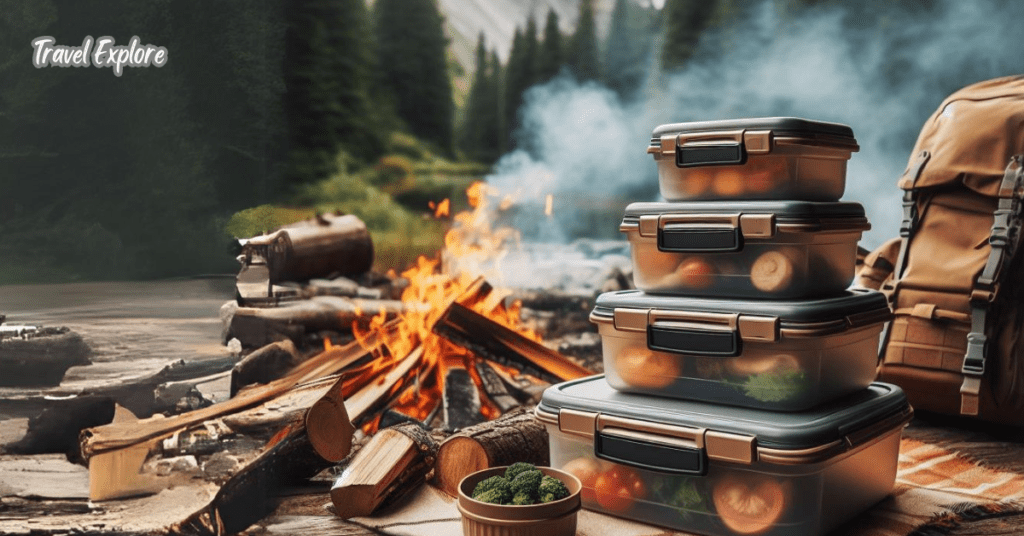
Food storage containers are indispensable for camping trips, offering a convenient and organized way to store and transport ingredients to the campsite. Unlike conventional containers, those designed for camping are lightweight, durable, and often stackable, making them ideal for outdoor use.
These containers come in various shapes and sizes to accommodate different types of food items, from snacks and condiments to perishable goods like meat and dairy products. Their airtight seals help keep food fresh and protected from moisture, pests, and other environmental factors, ensuring that ingredients remain safe for consumption throughout the trip.
Additionally, their compact design allows them to fit snugly into coolers or backpacks, maximizing space and minimizing clutter. By investing in quality food storage containers specifically designed for camping, outdoor enthusiasts can enjoy the convenience of organized meal preparation and minimize food waste while exploring the great outdoors.
Planning and Preparation
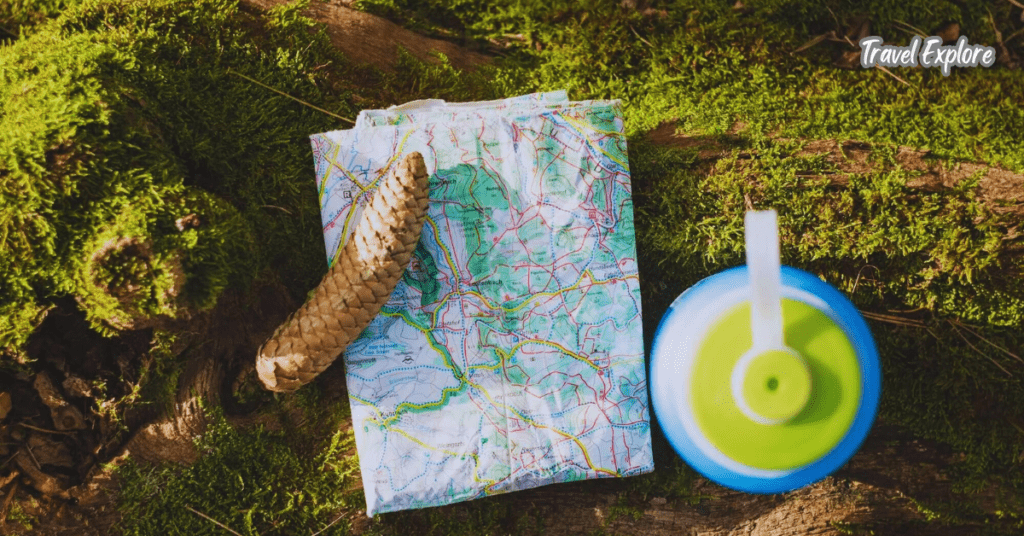
Successful campsite cooking starts with thorough planning and preparation. Unlike cooking at home, where you have easy access to ingredients and cooking facilities, camping requires careful consideration of logistics and meal options.
Create a Meal Plan
Creating a meal plan is essential for successful camping trips, ensuring that you have enough food to sustain you throughout your outdoor adventure while minimizing waste and hassle. Start by considering the duration of your trip, the number of campers, and any dietary restrictions or preferences.
Aim for a balance of easy-to-cook meals and more elaborate dishes to keep meals interesting. When planning, take into account the availability of cooking equipment and facilities at your campsite. Choose recipes that can be prepared using minimal utensils and ingredients to streamline meal preparation and cleanup.
It’s also helpful to prep ingredients in advance, such as chopping vegetables or marinating meats, to save time and effort at the campsite. Additionally, factor in any outdoor activities or excursions planned for each day, adjusting meal times and portion sizes accordingly.
By creating a comprehensive meal plan ahead of time, campers can enjoy delicious and nourishing meals while spending more time enjoying nature and less time worrying about meal logistics.
Prep Ingredients in Advance
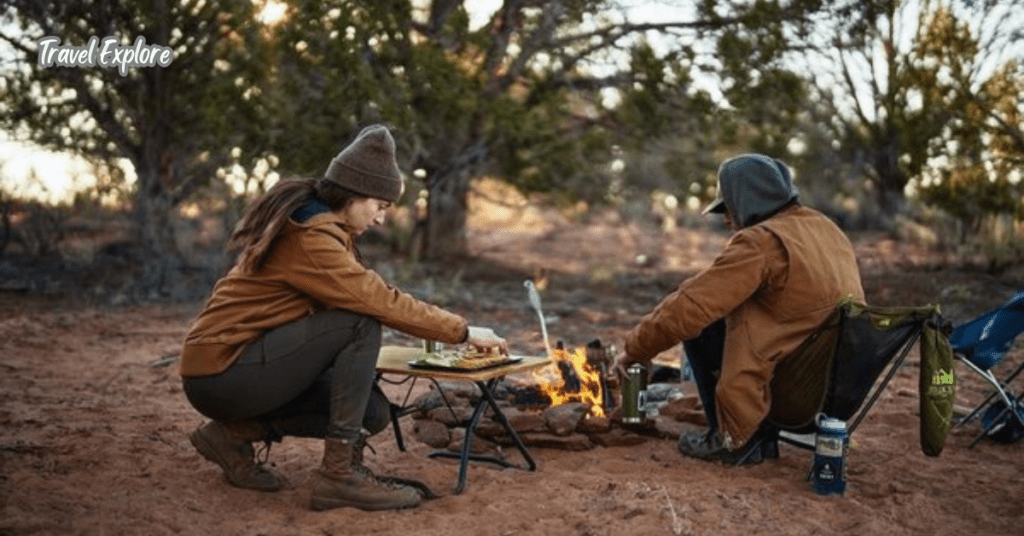
Preparing ingredients in advance is a smart strategy for optimizing the camping cooking experience, allowing campers to streamline meal preparation and minimize the time and effort required at the campsite.
Before embarking on the trip, consider which ingredients can be prepped ahead of time to simplify cooking processes. This may involve tasks such as washing, chopping, slicing, marinating, and portioning ingredients such as vegetables, meats, and grains.
By completing these preparations in the comfort of a kitchen at home, campers can save valuable time and energy once they arrive at the campsite. Additionally, packing prepped ingredients in sealed containers or zip-top bags not only helps to keep them fresh but also reduces the amount of space needed in camping gear.
With ingredients ready to go, campers can focus on enjoying their outdoor adventures without the stress of extensive meal prep, ensuring that cooking meals while camping remains a convenient and enjoyable experience.
Cooking Techniques and Tips
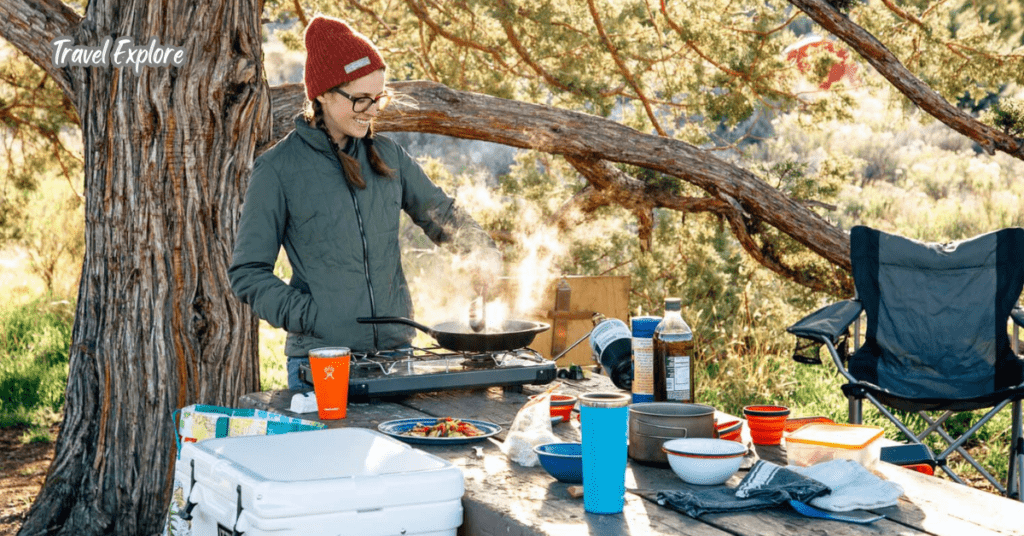
Cooking meals while camping often requires adapting to outdoor conditions and working with limited resources. Fortunately, there are plenty of cooking techniques and tips to help you overcome these challenges and create tasty dishes on the go.
One-Pot Meals
One-pot meals are a convenient and practical solution for cooking while camping, offering simplicity, efficiency, and versatility in meal preparation. These meals involve combining all ingredients into a single pot or skillet, minimizing the number of cooking utensils and cleanup efforts required at the campsite.
From hearty stews and soups to flavorful stir-fries and pasta dishes, the possibilities for one-pot meals are virtually endless. Campers can easily layer ingredients in a pot, adjusting cooking times and temperatures as needed to ensure even cooking and maximum flavor infusion.
With the right combination of proteins, vegetables, grains, and seasonings, one-pot meals can be both nutritious and satisfying, providing campers with a hearty and delicious meal to enjoy after a day of outdoor activities.
Whether cooking over a campfire, portable stove, or grill, one-pot meals are a convenient and efficient option for campsite cooking, allowing campers to spend less time in the kitchen and more time enjoying the great outdoors.
Foil Packet Cooking
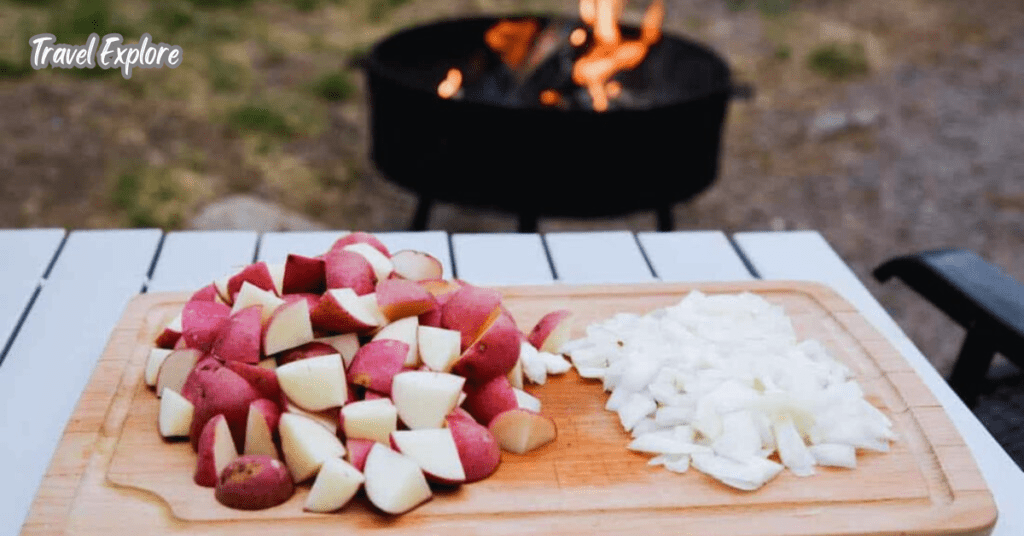
Foil packet cooking is a popular and practical cooking method for camping, offering a convenient way to prepare delicious meals with minimal cleanup. This technique involves wrapping seasoned ingredients in aluminum foil packets before cooking them over a campfire, grill, or hot coals.
The foil serves as a protective barrier, sealing in moisture and flavors while preventing ingredients from sticking to the cooking surface. Campers can customize foil packets with their choice of proteins, vegetables, herbs, and spices, allowing for endless recipe variations to suit individual tastes and preferences.
Whether grilling marinated meats, roasting vegetables, or cooking seafood, foil packet cooking ensures even heat distribution and tender, flavorful results. Additionally, the simplicity of foil packet cooking makes it accessible to campers of all skill levels, requiring little more than a few basic ingredients and a roll of aluminum foil.
After cooking, the foil packets can be easily disposed of, minimizing cleanup efforts and leaving campers more time to relax and enjoy their outdoor surroundings. Overall, foil packet cooking is a versatile and efficient cooking method that allows campers to enjoy delicious meals with minimal fuss while camping in the great outdoors.
Delicious Camping
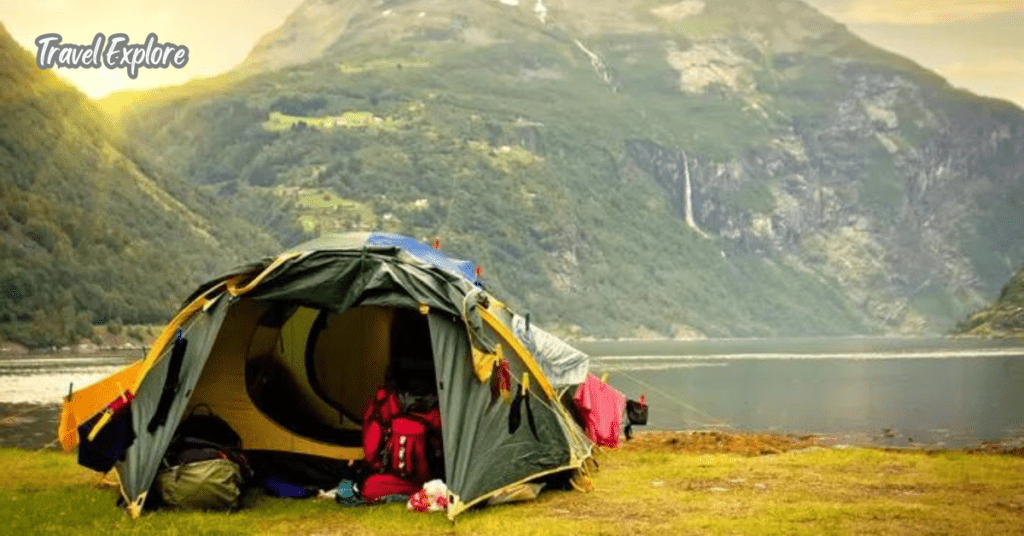
No camping trip is complete without indulging in delicious meals cooked over an open flame or camp stove. Whether you’re craving hearty breakfasts, satisfying dinners, or sweet treats to enjoy by the campfire, we’ve got you covered with these mouthwatering camping recipes. Gather your ingredients, fire up the stove, and get ready to impress your fellow campers with your culinary skills.
Breakfast
Campfire breakfast burritos are a delicious and satisfying meal option for campers looking to start their day with a hearty and flavorful dish. This camping-friendly recipe involves cooking scrambled eggs, breakfast sausage, and a medley of vegetables over a campfire or portable stove, then assembling them in warm flour tortillas for a convenient and portable breakfast option.
Campers can customize their breakfast burritos with their favorite ingredients, such as shredded cheese, diced bell peppers, onions, salsa, and avocado, to create a personalized flavor profile. The versatility of this recipe allows for easy adaptation to accommodate dietary restrictions or preferences, making it suitable for a wide range of campers.
Preparation is straightforward, with ingredients prepped in advance and cooked in a single skillet or over a campfire grate, minimizing cleanup efforts and maximizing time spent enjoying the outdoors. Whether enjoyed around the campfire or on the go during a morning hike, campfire breakfast burritos are sure to fuel campers for a day of adventure in the wildernessL
Lunch
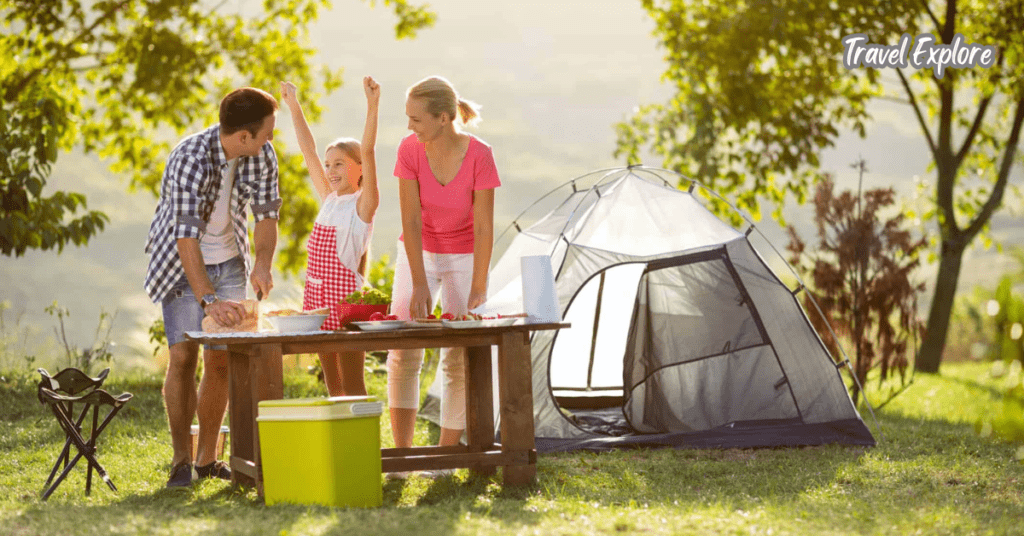
Grilled vegetable panini is a flavorful and convenient meal option for camping enthusiasts looking to enjoy a satisfying yet straightforward dish while exploring the great outdoors. This camping-friendly recipe involves grilling a colorful assortment of vegetables, such as zucchini, yellow squash, red bell pepper, and red onion, until they are tender and lightly charred, infusing them with delicious smoky flavors.
Once grilled, these vegetables are layered onto halves of ciabatta rolls spread with pesto sauce and topped with shredded mozzarella cheese. The sandwiches are then grilled over a campfire or portable stove until the bread is toasted to perfection and the cheese is melted, creating a warm and hearty meal that is both filling and satisfying.
What makes grilled vegetable panini ideal for camping is its simplicity and versatility; campers can easily adjust the ingredients to accommodate personal preferences or dietary restrictions, and the compact nature of the sandwiches makes them easy to transport and enjoy on the go.
Whether served as a quick lunch at the campsite or as a comforting dinner after a day of outdoor adventures, grilled vegetable panini offers campers a delicious and convenient way to refuel and recharge while embracing the beauty of nature.
Dinner
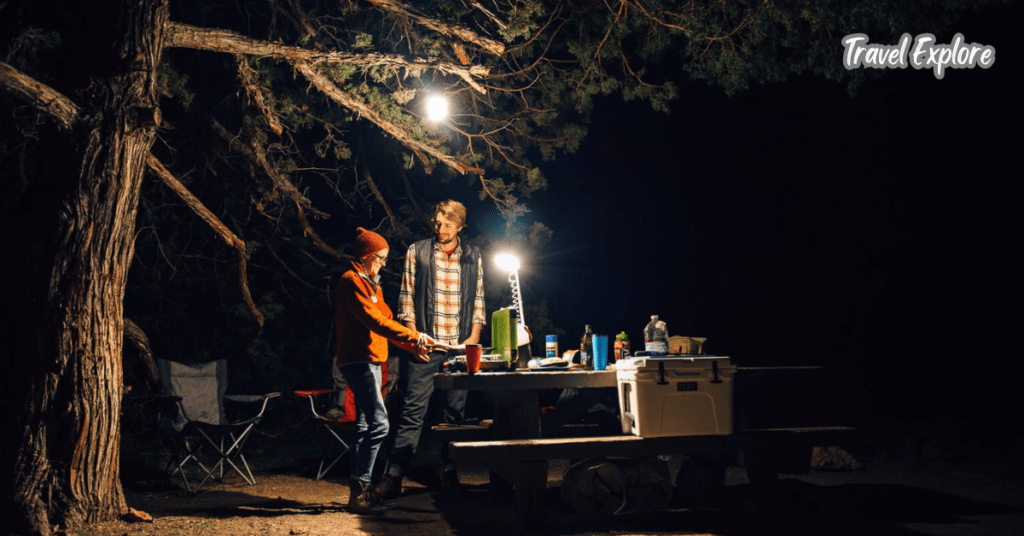
Campfire chili is a hearty and comforting meal that is perfect for camping adventures, offering warmth and sustenance after a day of outdoor activities. This classic recipe involves simmering a flavorful combination of ground beef or turkey, diced onions, garlic, beans, tomatoes, and spices in a Dutch oven or large pot over a campfire or portable stove.
The chili is allowed to cook low and slow, allowing the flavors to meld together and the ingredients to become tender and delicious. Campers can customize the chili to their liking by adjusting the level of spice and adding their favorite toppings, such as shredded cheese, chopped green onions, or a dollop of sour cream.
What makes campfire chili particularly well-suited for camping is its simplicity and versatility; it can be easily prepared using basic cooking equipment and ingredients that are commonly found in camping pantries.
Whether enjoyed as a comforting dinner around the campfire or packed in a thermos for a warming lunch on a chilly hike, campfire chili is sure to satisfy hungry campers and provide them with the energy they need to continue their outdoor adventures.
Conclusion & Recap
In conclusion, cooking meals while camping can be a rewarding and enjoyable experience with the right preparation and techniques. By planning ahead, choosing the right equipment, mastering campsite cooking techniques, and packing essential ingredients and supplies, you can create delicious and satisfying meals that will enhance your outdoor adventures.
Remember to embrace the simplicity of outdoor cooking and get creative with your recipes. Whether you’re grilling over an open fire, simmering stew in a Dutch oven, or whipping up pancakes on a camp stove, the possibilities are endless. So, pack your gear, gather your ingredients, and get ready to embark on a culinary adventure in the great outdoors.
FAQS
Can I use my regular kitchen cookware for camping?
While you can technically use your regular kitchen cookware for camping, it’s not always the most practical option. Outdoor cooking can be rough on pots and pans, so investing in lightweight, durable cookware specifically designed for camping is usually a better choice.
What’s the best way to clean cooking equipment while camping?
Cleaning cooking equipment while camping can be a challenge, especially without access to running water. One approach is to use hot water and biodegradable soap, scrubbing pots and pans with a sponge or brush. Alternatively, you can boil water in your cookware to loosen stubborn food residue before wiping it clean.
How can I keep food cold while camping without a traditional cooler?
If you don’t have access to a traditional cooler, you can still keep food cold by using alternative methods. Consider burying your cooler in the ground, using a shady spot to store perishable items, or wrapping food in insulated blankets or towels to maintain cold temperatures.
What are some vegetarian-friendly camping meal options?
Vegetarian camping meals can be just as delicious and satisfying as their meat-based counterparts. Consider recipes like veggie skewers, black bean and corn quesadillas, grilled portobello mushrooms, or lentil stew cooked in a Dutch oven.
How can I ensure my campfire cooking is environmentally friendly?
Minimizing your environmental impact while campfire cooking is important for preserving natural ecosystems. Use dead or downed wood for fuel instead of cutting live trees, and always follow Leave No Trace principles by properly disposing of ashes and leftover food scraps.
